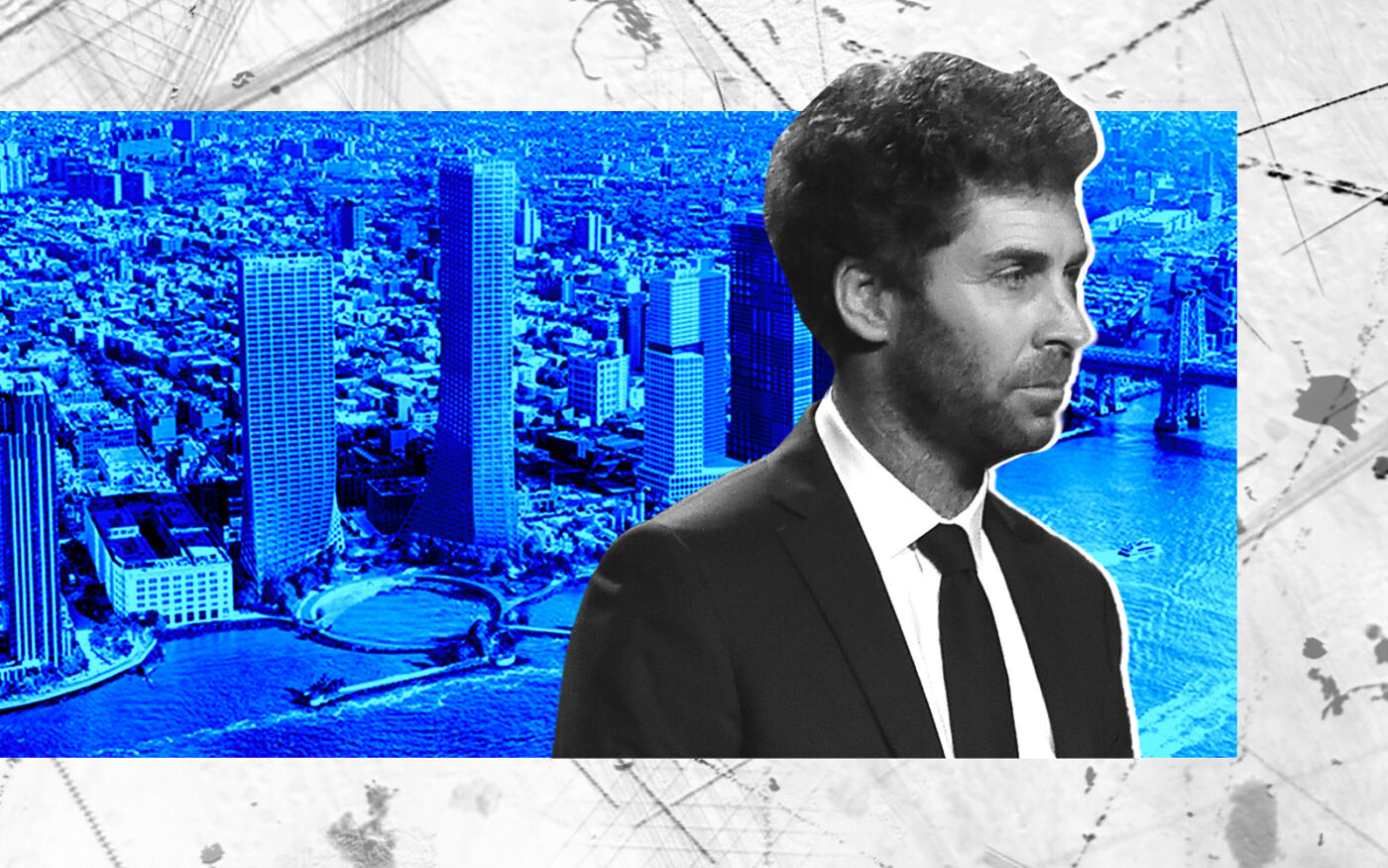 Two Trees snags $364M for Domino Sugar resi project
Two Trees snags $364M for Domino Sugar resi project
Trending
Two Trees concerned 485x won’t work at River Ring
Developer laments wage, affordability changes

Even with New York passing a property tax break to incentivize multifamily construction, Two Trees Management says its massive Williamsburg project is in jeopardy.
The developer rushed to get city approval for the 1,050-unit River Ring in 2021, but its future was thrown into doubt the following June when the property tax break 421a expired. David Lombino, a spokesperson for Two Trees, said the requirements of its replacement, 485x, make part of the project financially infeasible.
“The imposition of wage mandates and lower affordability requirements dramatically increases the costs, and makes it untenable in this environment,” he said in an interview.
That environment includes dramatically higher borrowing costs than when River Ring’s zoning deal was negotiated.
Under 485x’s zone A, which includes the River Ring site, rental projects with more than 150 units must set aside 25 percent of units for households earning an average of 60 percent of the area median income. Two Trees had already agreed to that, but the new program also caps the income bands at 100 percent of the AMI, down from 130 percent.
Within 485x’s zone A, which includes sites south of 96th Street in Manhattan, as well as Williamsburg, Greenpoint and Long Island City, projects receiving the tax break must pay construction workers at least $72.45 per hour or 65 percent of the prevailing wage and benefits. The 421a compensation minimum was $45 per hour.
To be sure, River Ring had an extended timeline regardless of the impact of 485x and high interest rates, because Two Trees planned to first finish another behemoth project, the nearby redevelopment of the Domino Sugar refinery.
The developer is nearly done with the Domino project’s 346 Kent Avenue component — 600 apartments across two buildings that share a podium. Next up is another Domino tower with 1,000 apartments, which qualified for the old 421a by getting foundation footings in place by June 15, 2022.
The state budget extended the completion deadline for such projects, giving them until 2031, instead of 2026, to ultimately qualify for the now-expired benefit.
The first tower at River Ring qualifies for the 421a extension, but Lombino voiced concern that Two Trees won’t be able to meet the 2031 deadline because it is first doing Domino. Even if it did, projects using that deadline cannot use 421a’s highest-revenue option, in which 30 percent of units are affordable for tenants earning up to 130 percent of the AMI.
Developers sometimes seek partners to increase their capacity, but Two Trees does not share control of its projects.
River Ring’s second tower cannot qualify for the old tax break, so the developer would need to use 485x, which has the tougher wage and affordability requirements. Forsaking the tax break is not an option because high property taxes would wreck its finances.
The New York Post was the first to report the developer’s concerns about using 485x at River Ring. The governor’s office did not return a request for comment.
It is unclear what the state’s new development laws will ultimately mean for River Ring. Setting aside the construction wage mandate, the second tower’s timeline might run up against another deadline: 485x expires in 2034.
Lombino also acknowledged that if interest rates fall or the lending environment for ground-up development improves, River Ring’s prospects could change.
Developers across the city are still figuring out what the new rules mean for their stalled projects, or if they should instead flip their sites and let such calculations be someone else’s problem.
The extension of 421a’s construction deadline is not necessarily a slam dunk for builders who rushed to be grandfathered under the old program. Attorney YuhTyng Patka, who chairs Adler & Stachenfeld’s real estate and tax incentives group, said last month that developers who planned to set aside 30 percent of apartments at 130 AMI are crunching the numbers and moving “their chess pieces around the board for a new strategy.”
Read more
 Two Trees snags $364M for Domino Sugar resi project
Two Trees snags $364M for Domino Sugar resi project
 Housing deal finally passes; here are the details
Housing deal finally passes; here are the details
 Whole new world: How NYC values 421a, 485x sites now
Whole new world: How NYC values 421a, 485x sites now




